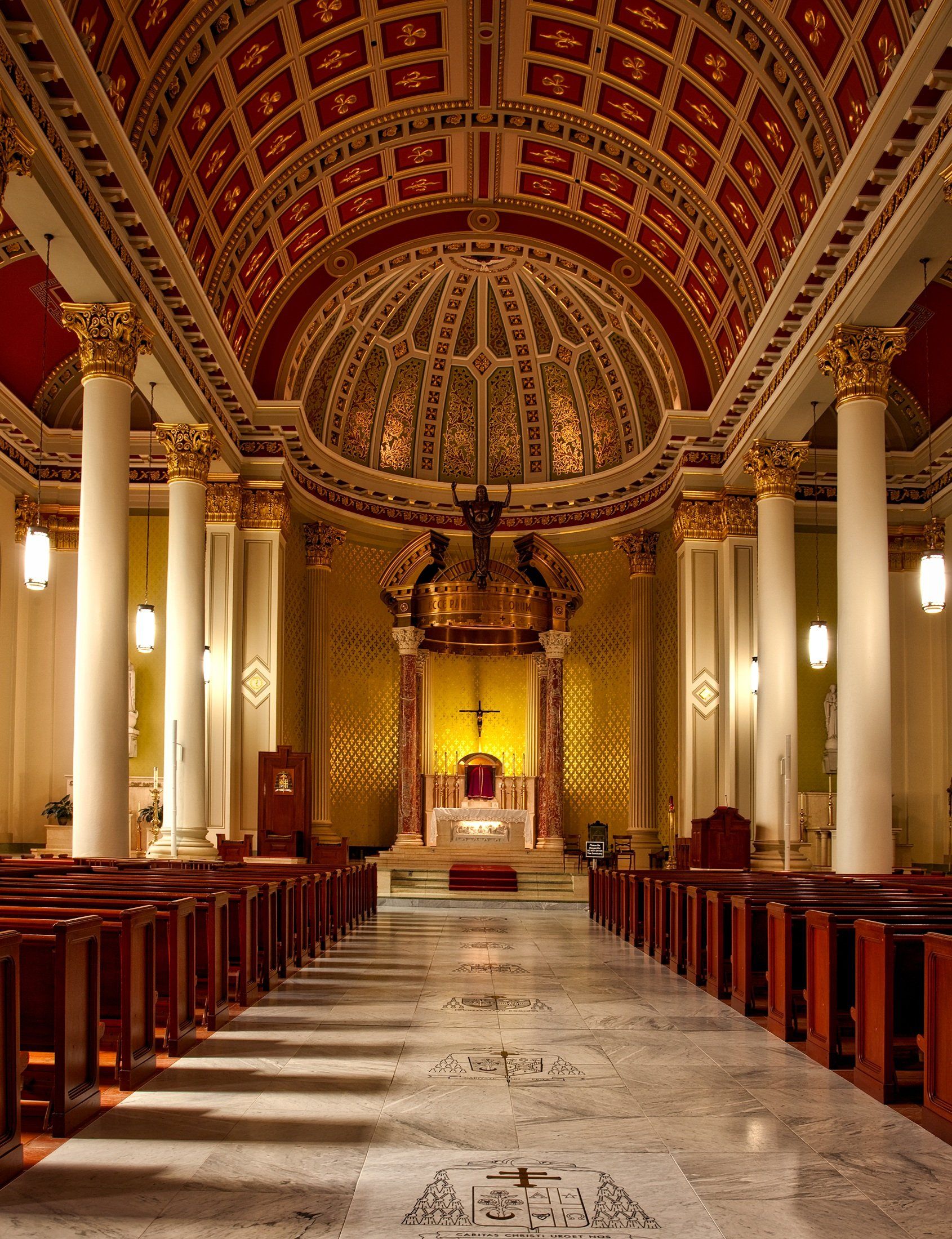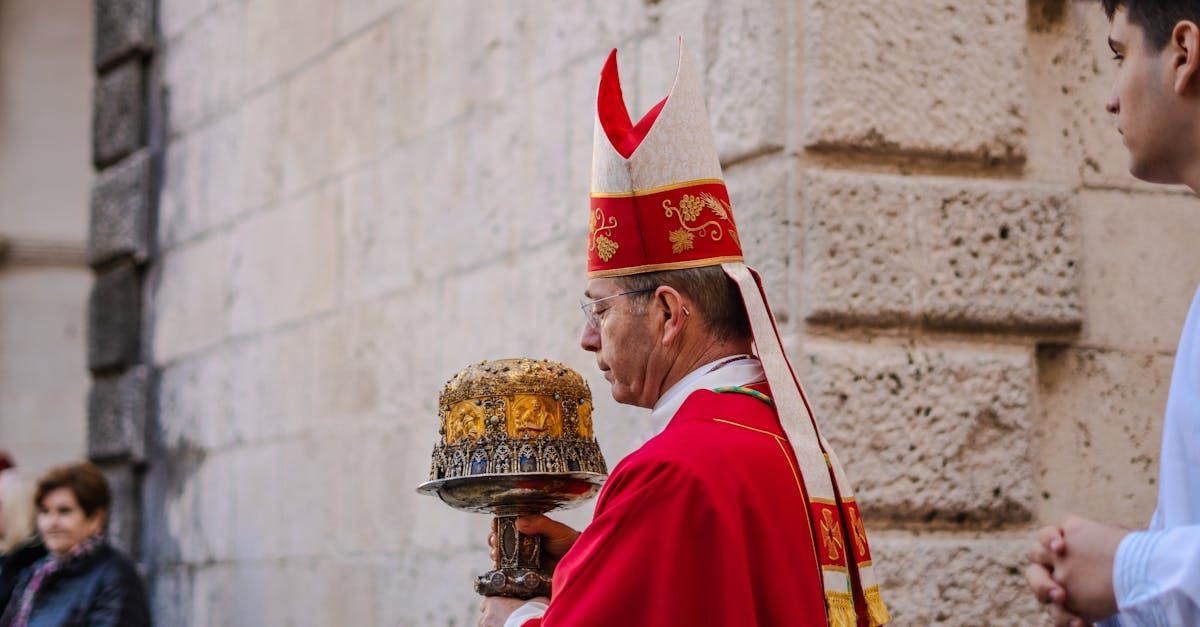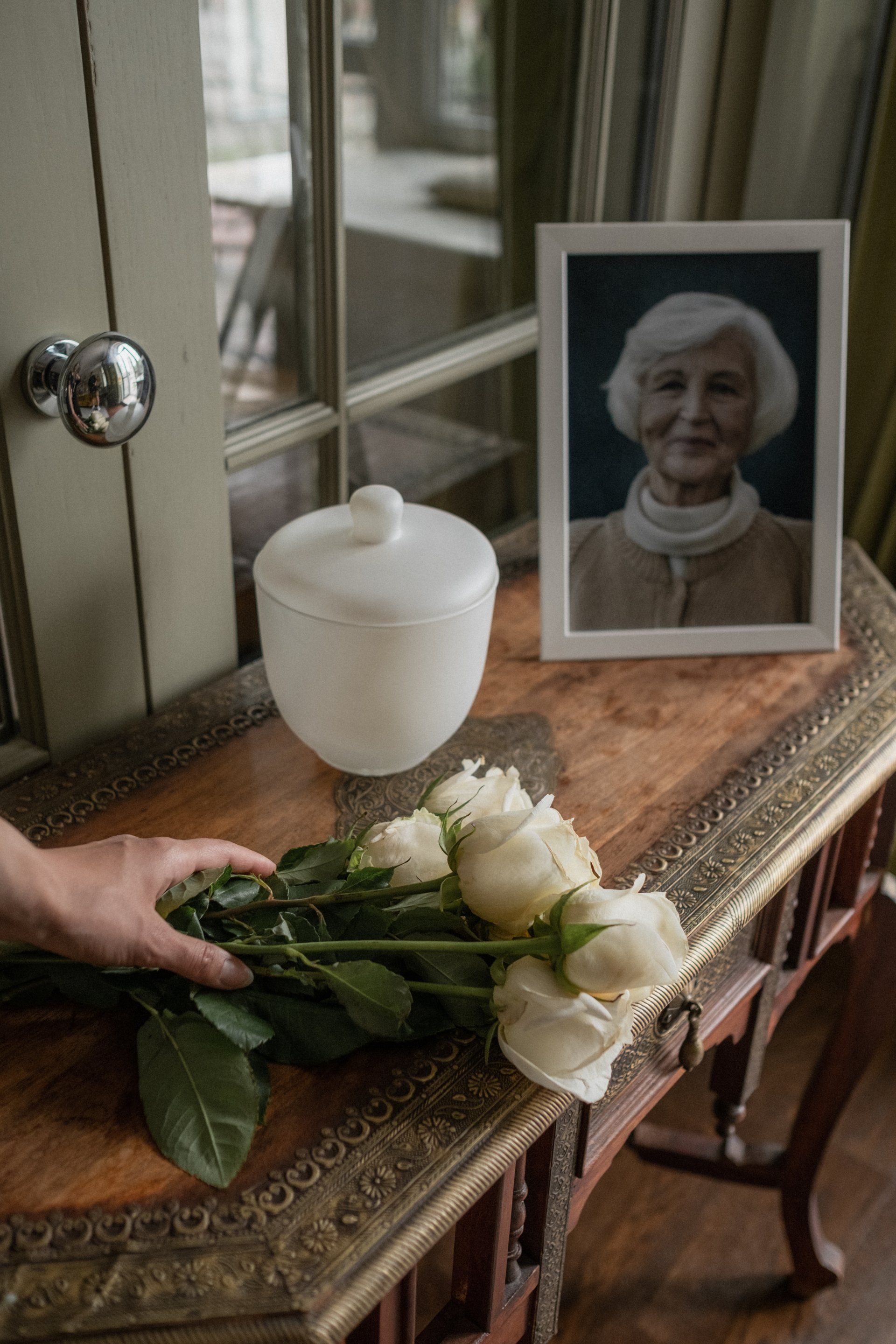Junto al pozo
Reconocimiento del pecado, aceptación de quién es Jesús y darlo a conocer a otros
Nuestro Evangelio de hoy es largo. Pero es espiritualmente rico, y es uno de mis pasajes favoritos de los Evangelios. San Juan Evangelista prepara la escena haciendo que Jesús llegue al pozo antes que la mujer. Cuando se acerca, hay un hombre que no reconoce. Y él simplemente le pide un trago. Inicia el diálogo proclamando su sed. Esto inicia en ella un proceso de conversión, un proceso donde los ojos de su mente se iluminan y ella puede reconocer su pecado. Aquí está el punto clave, sin embargo. Ella tiene la habilidad de reconocer su propia pecaminosidad cuando Jesús se la señala. No le señala su situación actual de fornicaria para ser cruel, sino para que pueda encontrar su misericordia. No podemos conocer la misericordia de Dios sin conocer también su justicia. Y a veces tenemos miedo de responder al llamado de Cristo para que realmente comencemos a cambiar lo que sabemos que nos aleja de él. Sabemos que nos hemos desviado del camino de Dios. Pero luego permitimos que el diablo nos convenza, «Todo estará bien. No tengo que cambiar. Dios me aceptará por lo que soy». La mujer samaritana podría haberse ido. Pero ella permitió que la gracia de Dios de la conversión obrara en ella.
También es importante recordar que este no fue un encuentro ordinario. En el Antiguo Testamento, los hombres iban al pozo para encontrarse con sus futuras esposas. Si ahí es donde están las mujeres, ahí es donde los hombres irán a buscarlas. Abraham fue al pozo y escogió a Saraí por esposa. Moisés se encuentra con su esposa Séfora en el pozo. Ahora nuestro Señor ha ido al pozo para encontrarse con esta mujer. Espiritualmente, hay un matiz de imaginería nupcial. Pero sabemos que Nuestro Señor no está allí para desposarla. En cambio, desea una unión espiritual. Y así, comenzamos a ver durante la Cuaresma la conexión entre el pozo y la cruz. En el pozo dice: «Tengo sed». La mujer samaritana pecadora representa a los bautizados. Ella no tiene nada que dar. Ella se ha extraviado. Más tarde, en la cruz, Jesús dice: «Tengo sed». Y por la muerte nos muestra la medida de su amor como esposo de la Iglesia. Hay un matrimonio espiritual, una unión íntima entre Cristo y su Iglesia y entre Cristo y cada creyente en particular.
Este es el don del bautismo y, cuando hemos pecado mortalmente, la confesión. La luz que nos lleva a la primera instancia de gracia es la sed de Jesús por la fe que arde en nuestros corazones. Y así él mismo lo coloca allí.
La mujer samaritana reconoce sus pecados, acepta que él es el Mesías, deja atrás sus tareas ordinarias y va al pueblo para atraer a otros al encuentro de Jesús. Y en dos días, ¿qué dice la gente del pueblo? «Ya no creemos por tu palabra, sino porque lo hemos oído por nosotros mismos y creemos que es el Salvador del mundo». Debemos seguir los mismos pasos. Todos los días, debemos estar dispuestos a reconocer nuestros pecados y arrepentirnos verdaderamente. Ya sean pequeñas fallas o nos hemos desviado como la mujer samaritana a una vida de vivir con alguien con quien no estamos casados. Tanto los pecados veniales como los mortales deben ser reconocidos y atendidos. Luego, habiéndonos arrepentido de nuestros pecados, dejamos atrás lo ordinario para atraer a otros a Cristo. Nos convertimos en apóstoles.
Ese es nuestro desafío durante la Cuaresma. ¿Cuántas veces hemos dicho: «Estoy demasiado ocupado con actividades prácticas para inscribirme en la formación de adultos en la fe? ¿O para ir a la misión parroquial? ¿O para que mi matrimonio sea sacramental en la iglesia? Para guiar a la familia en oración antes de acostarse ¿cada noche?» Siempre tenemos excusas. ¡Pero no durante la Cuaresma! Aquí estamos llamados a encontrarnos con Jesús en el pozo. Él desea fortalecernos para que, como la mujer samaritana, dejemos atrás lo ordinario para llevar el mensaje extraordinario de misericordia y perdón a todos en nuestros pueblos y barrios.
Pastor's Ponderings












